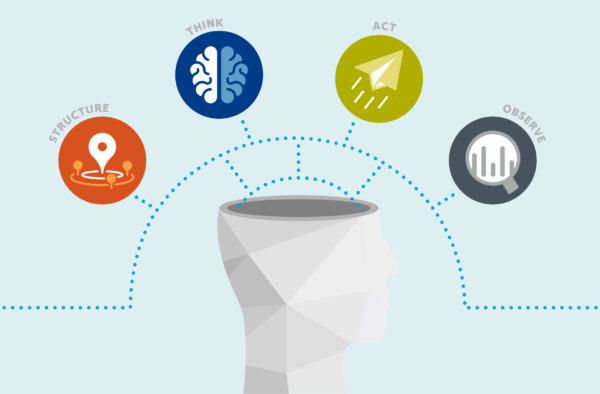A new resource will help correctly diagnose labor problems — and identify better solutions
We’ve heard a lot recently about labor shortages across a range of sectors. Healthcare workers are burned out, restaurants are understaffed, and school districts are left scrambling at the start of the school year, thanks to a lack of bus drivers. Communities across the United States are grappling with workforce issues made worse by the ongoing pandemic.
We know that labor shortages are related to larger issues like job quality (wages and benefits have been largely stagnant for decades) and long-standing inequities that are baked into our political and economic institutions. Still, the workforce development system tends to default to tried-and-true solutions focused on skills training for in-demand jobs and placing as many people as possible.
Even when workforce development seeks opportunities outside traditional train-and-place strategies, our field quickly confronts the reality that labor problems intersect with other services and systems, and they too need fixing. So, how do you start untangling this web of interconnected problems and really find solutions?
It starts with a systems thinking mindset.
With that mindset, you’ll start asking different questions:
- What is the actual problem?
- Is it solvable?
- Do you have the resources and abilities to solve it?
- Do you have leverage points where you can drive change?
- Why are you interested in this problem?
- Where is the problem? What conditions surround it?
- How can this problem be solved?
How do you get started?
The National Fund has just launched an online toolbox to help practitioners start exploring these questions as you navigate systems in your communities. Using the toolbox, you will reframe how you approach these critical issues by learning the principles behind systems change. You will adopt a four-phase framework to systems change, where you’ll get more specific and contextual. Finally, the toolbox is full of applicable tools to help you take action with problems that are impacting your community, and case studies and examples from across our network so you can see this work in practice.
Consider this example from Baltimore. The Baltimore Workforce Funders Collaborative is collecting and sharing disaggregated data to identify barriers and racial inequities in their local workforce development system. Recognizing this as opportunity, the collaborative has partnered with local nonprofits to develop equitable strategies and advocate for local and state policy reforms that address fundamental obstacles to economic mobility.
In Syracuse, Centerstate CEO is creating more job opportunities for women and people of color in two growing sectors: construction and IT. To effectively bring about this change across a wide variety of systems, they’re bringing together key stakeholders, including local government officials, workforce development professionals, and community partners, to align workforce objectives with broader regional economic development strategy to achieve greater impact.
These examples demonstrate that skills and good jobs are only a piece of the puzzle – workers have essential needs and must have policies that support them. Consider exploring the social determinants of work to better understand labor-adjacent systems and how they’re operating within your local communities. Then, use a systems change approach to create lasting solutions.
As we continue to adapt and recover from the economic effects COVID-19, let’s be sure that there’s an equitable distribution of resources and that solutions are targeting what workers actually need. Open the toolbox and learn what you can do now to cultivate a systems change mindset and build the foundation for a more prosperous and equitable future.




